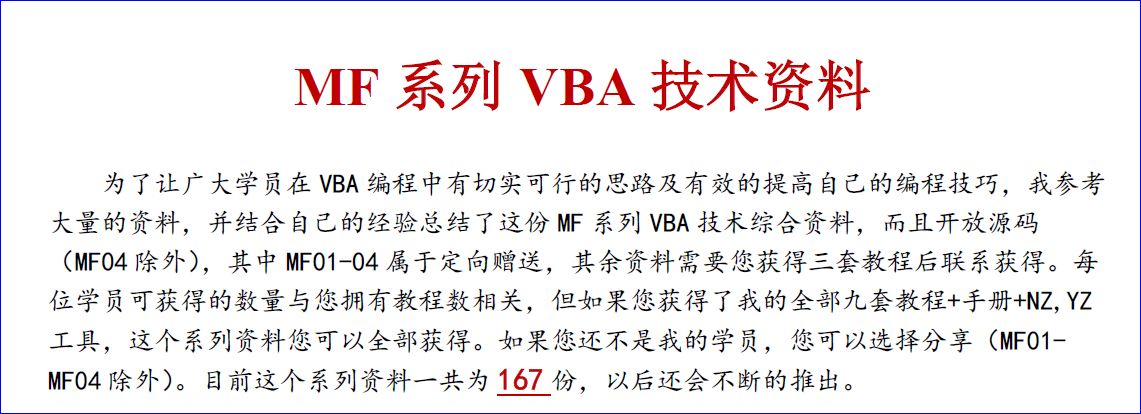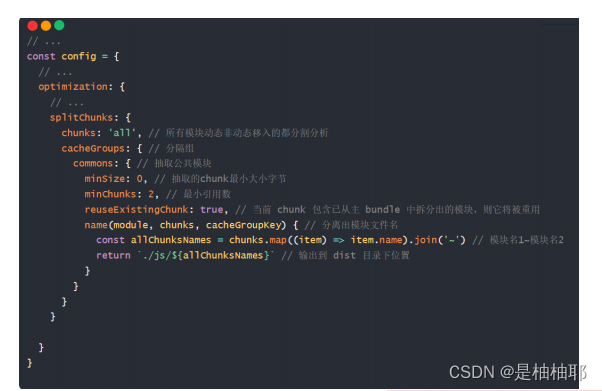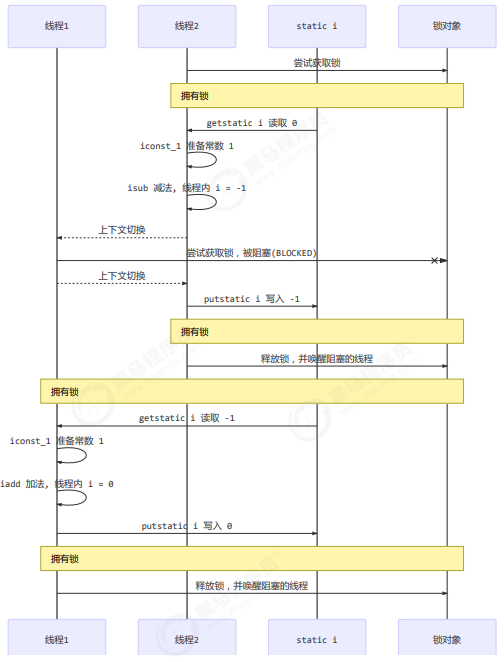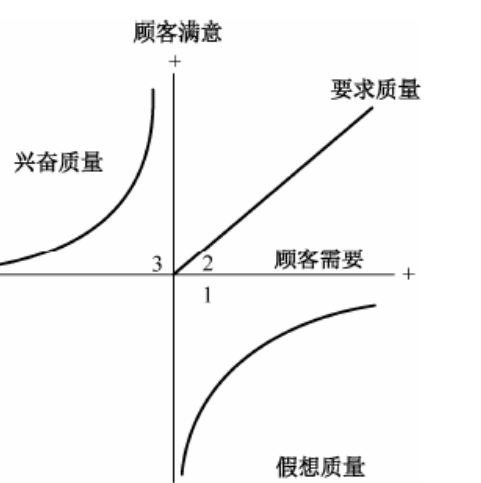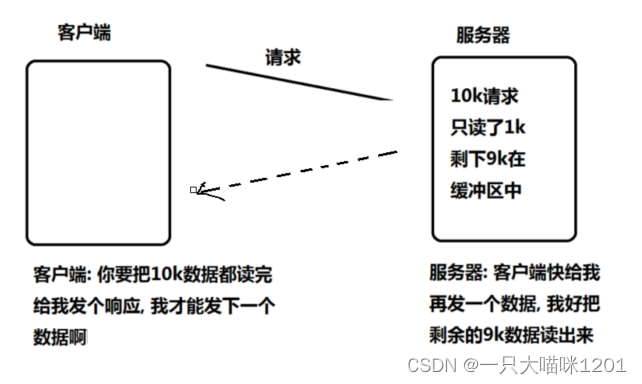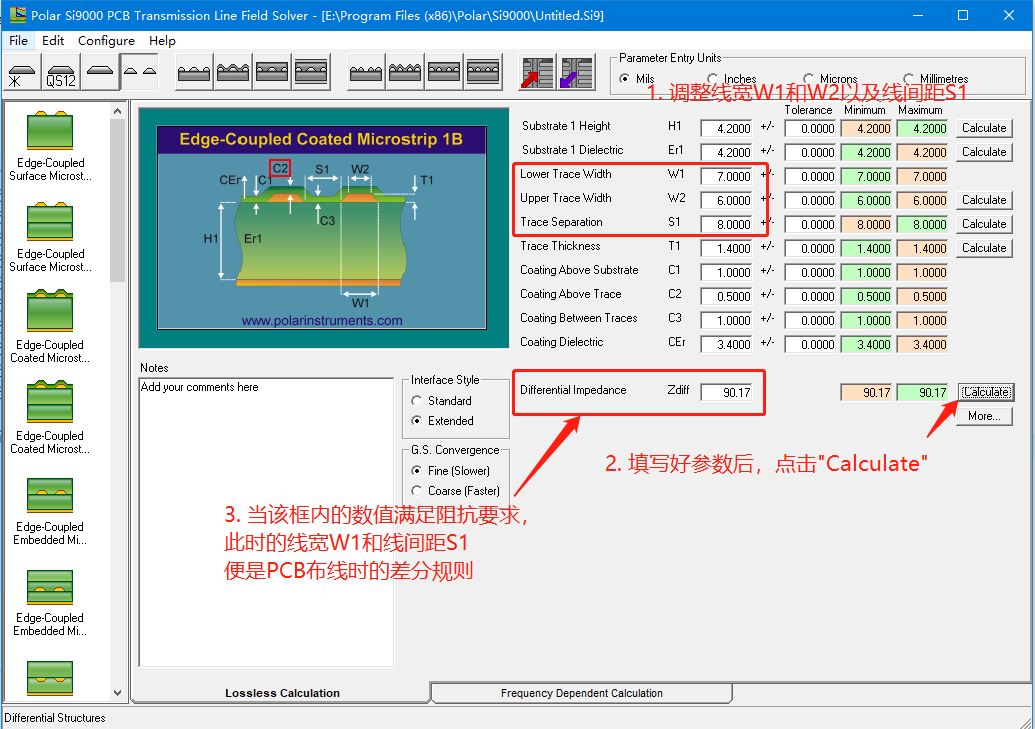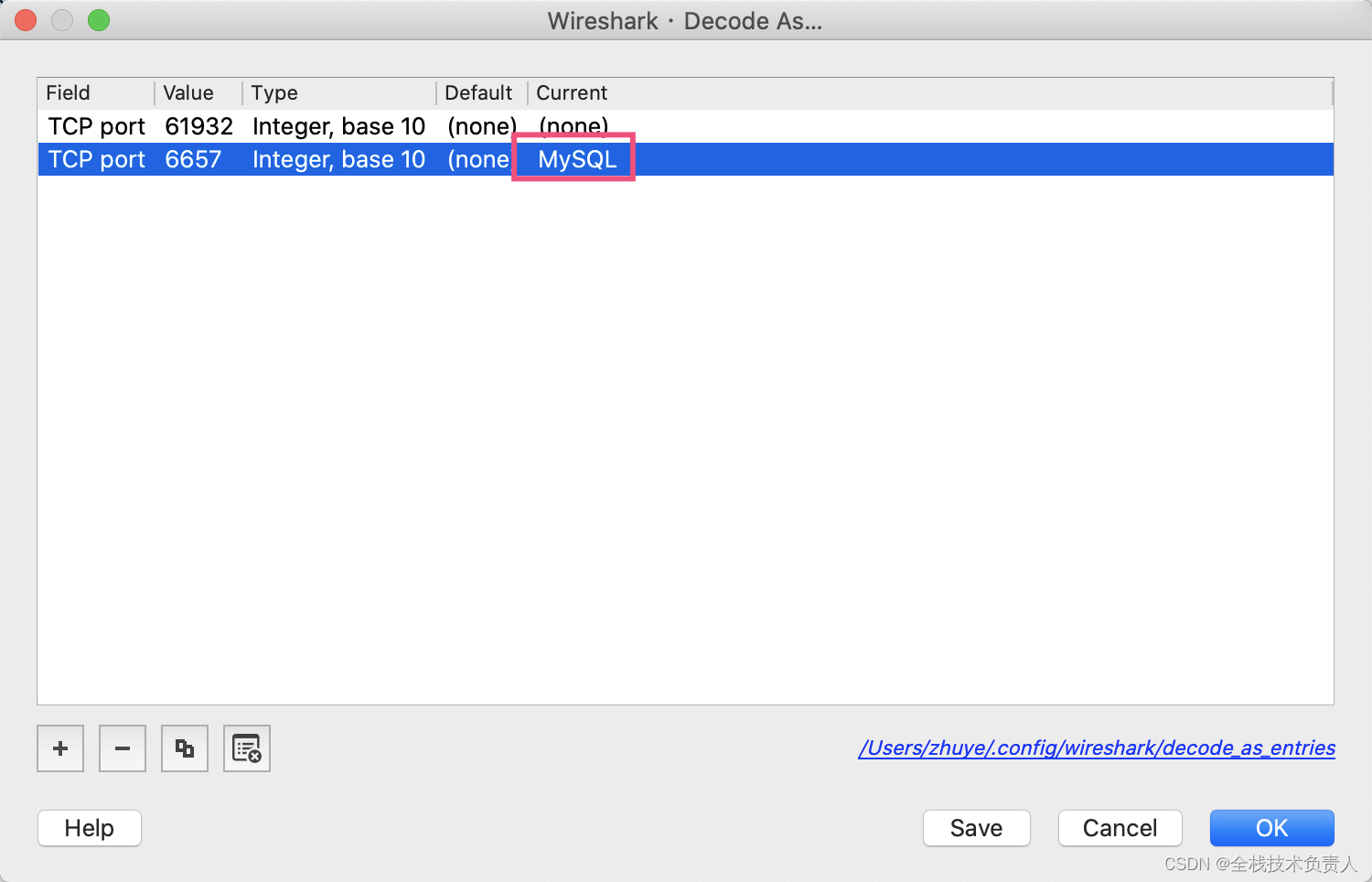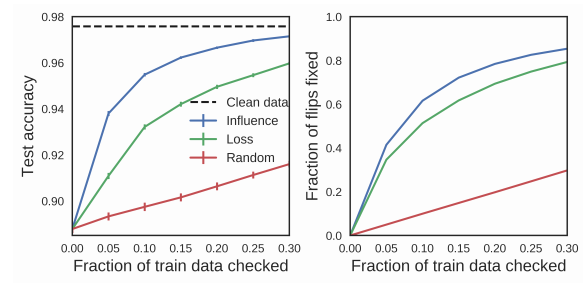
代码地址:GitHub - apple/ml-mobileone: This repository contains the official implementation of the research paper, "An Improved One millisecond Mobile Backbone".
论文地址:https://arxiv.org/abs/2206.04040
MobileOne出自Apple,它的作者声称在iPhone 12上MobileOne的推理时间只有1毫秒,这也是MobileOne这个名字中One的含义。从MobileOne的快速落地可以看到重参数化在移动端的潜力:简单、高效、即插即用。

图3中的左侧部分构成了MobileOne的一个完整building block。它由上下两部分构成,其中上面部分基于深度卷积(Depthwise Convolution),下面部分基于点卷积(Pointwise Convolution)。深度卷积与点卷积的术语来自于MobileNet。深度卷积本质上是一个分组卷积,它的分组数g与输入通道相同。而点卷积是一个1×1卷积。
图3中的深度卷积模块由三条分支构成。最左侧分支是1×1卷积;中间分支是过参数化的3×3卷积,即k个3×3卷积;右侧部分是一个包含BN层的shortcut连接。这里的1×1卷积和3×3卷积都是深度卷积(也即分组卷积,分组数g等于输入通道数)。
图3中的点卷积模块由两条分支构成。左侧分支是过参数化的1×1卷积,由k个1×1卷积构成。右侧分支是一个包含BN层的跳跃连接。在训练阶段,MobileOne就是由这样的building block堆叠而成。当训练完成后,可以使用重参数化方法将图3中左侧所示的building block重参数化图3中右侧的结构。
1、yolov5
创建yolov5s-mobileone.yaml
# YOLOv5 🚀 by Ultralytics, GPL-3.0 license
# Parameters
nc: 80 # number of classes
depth_multiple: 0.33 # model depth multiple
width_multiple: 0.50 # layer channel multiple
anchors:
- [10,13, 16,30, 33,23] # P3/8
- [30,61, 62,45, 59,119] # P4/16
- [116,90, 156,198, 373,326] # P5/32
# YOLOv5 v6.0 backbone
backbone:
# [from, number, module, args]
[[-1, 1, Conv, [64, 6, 2, 2]], # 0-P1/2
[ -1, 1, MobileOne, [ 128, True, 2] ], # 1-P2/4
[ -1, 1, MobileOne, [ 256, True, 8] ], # 2-P3/8
[ -1, 1, MobileOne, [ 512, True, 10] ], # 3-P4/16
[ -1, 1, MobileOne, [ 1024, True, 1] ], # 4-P5/32
[-1, 1, SPPF, [1024, 5]], # 5
]
# YOLOv5 v6.0 head
head:
[[-1, 1, Conv, [512, 1, 1]], # 6
[-1, 1, nn.Upsample, [None, 2, 'nearest']], # 7
[[-1, 3], 1, Concat, [1]], # cat backbone P4
[ -1, 1, MobileOne, [ 512, False, 3] ], # 9
[-1, 1, Conv, [256, 1, 1]],
[-1, 1, nn.Upsample, [None, 2, 'nearest']],
[[-1, 2], 1, Concat, [1]], # cat backbone P3
[ -1, 1, MobileOne, [ 256, False, 3] ], # 13 (P3/8-small)
[-1, 1, Conv, [256, 3, 2]],
[[-1, 10], 1, Concat, [1]], # cat head P4
[ -1, 1, MobileOne, [ 512, False, 3] ], # 16 (P4/16-medium)
[-1, 1, Conv, [512, 3, 2]],
[[-1, 6], 1, Concat, [1]], # cat head P5
[ -1, 1, MobileOne, [ 1024, False, 3] ], # 19 (P5/32-large)
[[13, 16, 19], 1, Detect, [nc, anchors]], # Detect(P3, P4, P5)
]
common.py中增加
from typing import Optional, List, Tuple
import torch.nn.functional as F
class SEBlock(nn.Module):
""" Squeeze and Excite module.
Pytorch implementation of `Squeeze-and-Excitation Networks` -
https://arxiv.org/pdf/1709.01507.pdf
"""
def __init__(self,
in_channels: int,
rd_ratio: float = 0.0625) -> None:
""" Construct a Squeeze and Excite Module.
:param in_channels: Number of input channels.
:param rd_ratio: Input channel reduction ratio.
"""
super(SEBlock, self).__init__()
self.reduce = nn.Conv2d(in_channels=in_channels,
out_channels=int(in_channels * rd_ratio),
kernel_size=1,
stride=1,
bias=True)
self.expand = nn.Conv2d(in_channels=int(in_channels * rd_ratio),
out_channels=in_channels,
kernel_size=1,
stride=1,
bias=True)
def forward(self, inputs: torch.Tensor) -> torch.Tensor:
""" Apply forward pass. """
b, c, h, w = inputs.size()
x = F.avg_pool2d(inputs, kernel_size=[h, w])
x = self.reduce(x)
x = F.relu(x)
x = self.expand(x)
x = torch.sigmoid(x)
x = x.view(-1, c, 1, 1)
return inputs * x
class MobileOneBlock(nn.Module):
""" MobileOne building block.
This block has a multi-branched architecture at train-time
and plain-CNN style architecture at inference time
For more details, please refer to our paper:
`An Improved One millisecond Mobile Backbone` -
https://arxiv.org/pdf/2206.04040.pdf
"""
def __init__(self,
in_channels: int,
out_channels: int,
kernel_size: int,
stride: int = 1,
padding: int = 0,
dilation: int = 1,
groups: int = 1,
inference_mode: bool = False,
use_se: bool = False,
num_conv_branches: int = 1) -> None:
""" Construct a MobileOneBlock module.
:param in_channels: Number of channels in the input.
:param out_channels: Number of channels produced by the block.
:param kernel_size: Size of the convolution kernel.
:param stride: Stride size.
:param padding: Zero-padding size.
:param dilation: Kernel dilation factor.
:param groups: Group number.
:param inference_mode: If True, instantiates model in inference mode.
:param use_se: Whether to use SE-ReLU activations.
:param num_conv_branches: Number of linear conv branches.
"""
super(MobileOneBlock, self).__init__()
self.inference_mode = inference_mode
self.groups = groups
self.stride = stride
self.kernel_size = kernel_size
self.in_channels = in_channels
self.out_channels = out_channels
self.num_conv_branches = num_conv_branches
# Check if SE-ReLU is requested
if use_se:
self.se = SEBlock(out_channels)
else:
self.se = nn.Identity()
self.activation = nn.ReLU()
if inference_mode:
self.reparam_conv = nn.Conv2d(in_channels=in_channels,
out_channels=out_channels,
kernel_size=kernel_size,
stride=stride,
padding=padding,
dilation=dilation,
groups=groups,
bias=True)
else:
# Re-parameterizable skip connection
self.rbr_skip = nn.BatchNorm2d(num_features=in_channels) \
if out_channels == in_channels and stride == 1 else None
# Re-parameterizable conv branches
rbr_conv = list()
for _ in range(self.num_conv_branches):
rbr_conv.append(self._conv_bn(kernel_size=kernel_size,
padding=padding))
self.rbr_conv = nn.ModuleList(rbr_conv)
# Re-parameterizable scale branch
self.rbr_scale = None
if kernel_size > 1:
self.rbr_scale = self._conv_bn(kernel_size=1,
padding=0)
def forward(self, x: torch.Tensor) -> torch.Tensor:
""" Apply forward pass. """
# Inference mode forward pass.
if self.inference_mode:
return self.activation(self.se(self.reparam_conv(x)))
# Multi-branched train-time forward pass.
# Skip branch output
identity_out = 0
if self.rbr_skip is not None:
identity_out = self.rbr_skip(x)
# Scale branch output
scale_out = 0
if self.rbr_scale is not None:
scale_out = self.rbr_scale(x)
# Other branches
out = scale_out + identity_out
for ix in range(self.num_conv_branches):
out += self.rbr_conv[ix](x)
return self.activation(self.se(out))
def reparameterize(self):
""" Following works like `RepVGG: Making VGG-style ConvNets Great Again` -
https://arxiv.org/pdf/2101.03697.pdf. We re-parameterize multi-branched
architecture used at training time to obtain a plain CNN-like structure
for inference.
"""
if self.inference_mode:
return
kernel, bias = self._get_kernel_bias()
self.reparam_conv = nn.Conv2d(in_channels=self.rbr_conv[0].conv.in_channels,
out_channels=self.rbr_conv[0].conv.out_channels,
kernel_size=self.rbr_conv[0].conv.kernel_size,
stride=self.rbr_conv[0].conv.stride,
padding=self.rbr_conv[0].conv.padding,
dilation=self.rbr_conv[0].conv.dilation,
groups=self.rbr_conv[0].conv.groups,
bias=True)
self.reparam_conv.weight.data = kernel
self.reparam_conv.bias.data = bias
# Delete un-used branches
for para in self.parameters():
para.detach_()
self.__delattr__('rbr_conv')
self.__delattr__('rbr_scale')
if hasattr(self, 'rbr_skip'):
self.__delattr__('rbr_skip')
self.inference_mode = True
def _get_kernel_bias(self) -> Tuple[torch.Tensor, torch.Tensor]:
""" Method to obtain re-parameterized kernel and bias.
Reference: https://github.com/DingXiaoH/RepVGG/blob/main/repvgg.py#L83
:return: Tuple of (kernel, bias) after fusing branches.
"""
# get weights and bias of scale branch
kernel_scale = 0
bias_scale = 0
if self.rbr_scale is not None:
kernel_scale, bias_scale = self._fuse_bn_tensor(self.rbr_scale)
# Pad scale branch kernel to match conv branch kernel size.
pad = self.kernel_size // 2
kernel_scale = torch.nn.functional.pad(kernel_scale,
[pad, pad, pad, pad])
# get weights and bias of skip branch
kernel_identity = 0
bias_identity = 0
if self.rbr_skip is not None:
kernel_identity, bias_identity = self._fuse_bn_tensor(self.rbr_skip)
# get weights and bias of conv branches
kernel_conv = 0
bias_conv = 0
for ix in range(self.num_conv_branches):
_kernel, _bias = self._fuse_bn_tensor(self.rbr_conv[ix])
kernel_conv += _kernel
bias_conv += _bias
kernel_final = kernel_conv + kernel_scale + kernel_identity
bias_final = bias_conv + bias_scale + bias_identity
return kernel_final, bias_final
def _fuse_bn_tensor(self, branch) -> Tuple[torch.Tensor, torch.Tensor]:
""" Method to fuse batchnorm layer with preceeding conv layer.
Reference: https://github.com/DingXiaoH/RepVGG/blob/main/repvgg.py#L95
:param branch:
:return: Tuple of (kernel, bias) after fusing batchnorm.
"""
if isinstance(branch, nn.Sequential):
kernel = branch.conv.weight
running_mean = branch.bn.running_mean
running_var = branch.bn.running_var
gamma = branch.bn.weight
beta = branch.bn.bias
eps = branch.bn.eps
else:
assert isinstance(branch, nn.BatchNorm2d)
if not hasattr(self, 'id_tensor'):
input_dim = self.in_channels // self.groups
kernel_value = torch.zeros((self.in_channels,
input_dim,
self.kernel_size,
self.kernel_size),
dtype=branch.weight.dtype,
device=branch.weight.device)
for i in range(self.in_channels):
kernel_value[i, i % input_dim,
self.kernel_size // 2,
self.kernel_size // 2] = 1
self.id_tensor = kernel_value
kernel = self.id_tensor
running_mean = branch.running_mean
running_var = branch.running_var
gamma = branch.weight
beta = branch.bias
eps = branch.eps
std = (running_var + eps).sqrt()
t = (gamma / std).reshape(-1, 1, 1, 1)
return kernel * t, beta - running_mean * gamma / std
def _conv_bn(self,
kernel_size: int,
padding: int) -> nn.Sequential:
""" Helper method to construct conv-batchnorm layers.
:param kernel_size: Size of the convolution kernel.
:param padding: Zero-padding size.
:return: Conv-BN module.
"""
mod_list = nn.Sequential()
mod_list.add_module('conv', nn.Conv2d(in_channels=self.in_channels,
out_channels=self.out_channels,
kernel_size=kernel_size,
stride=self.stride,
padding=padding,
groups=self.groups,
bias=False))
mod_list.add_module('bn', nn.BatchNorm2d(num_features=self.out_channels))
return mod_list在yolo.py中增加
if m in (Conv, GhostConv, Bottleneck, GhostBottleneck, SPP, SPPF, DWConv, MixConv2d, Focus, CrossConv,
BottleneckCSP, C3, C3TR, C3SPP, C3Ghost, nn.ConvTranspose2d, DWConvTranspose2d, C3x, C2f_Add,
MobileOne):
c1, c2 = ch[f], args[0]
if c2 != no: # if not output
c2 = make_divisible(c2 * gw, 8)
args = [c1, c2, *args[1:]]
if m in [BottleneckCSP, C3, C3TR, C3Ghost, C3x, C2f_Add]:
args.insert(2, n) # number of repeats
n = 1同时在yolo.py的basemodel中添加
def fuse(self): # fuse model Conv2d() + BatchNorm2d() layers
LOGGER.info('Fusing layers... ')
for m in self.model.modules():
if isinstance(m, (Conv, DWConv)) and hasattr(m, 'bn'):
m.conv = fuse_conv_and_bn(m.conv, m.bn) # update conv
delattr(m, 'bn') # remove batchnorm
m.forward = m.forward_fuse # update forward
if hasattr(m, 'reparameterize'):
m.reparameterize()
self.info()
return self运行yolo.py
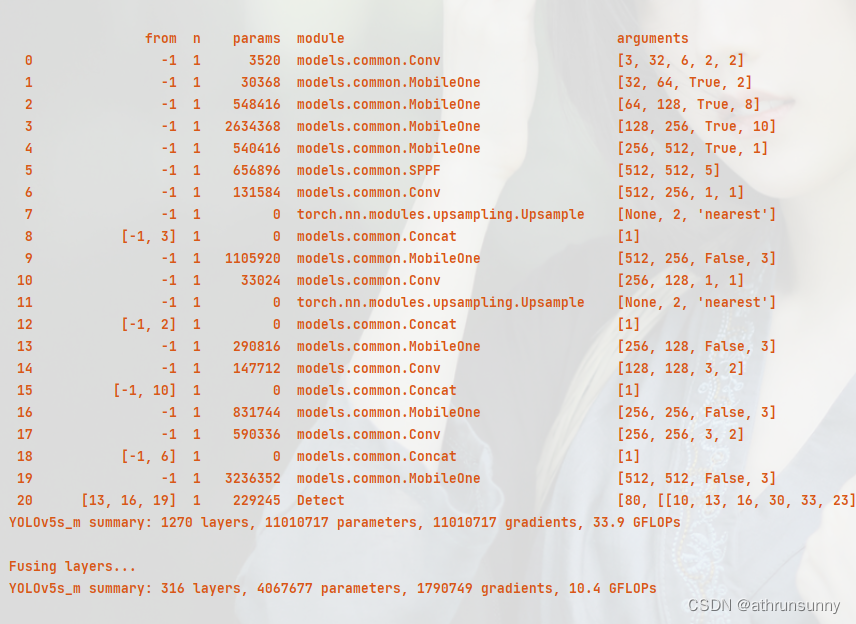
![java八股文面试[数据库]——B树和B+树的区别](https://img-blog.csdnimg.cn/e3340931f2e1432eacc7536f91775af0.png)
